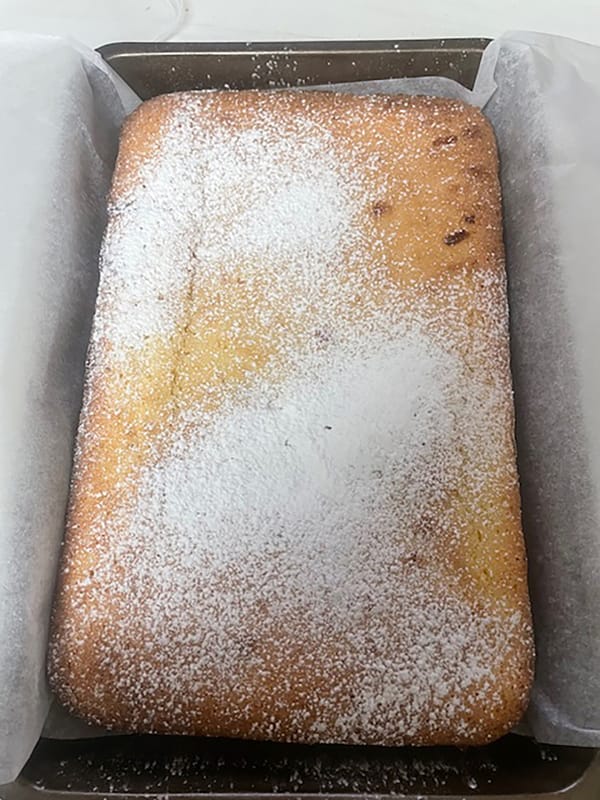30. Chinese committing crimes

Generally, the Chinese in the Waranga area were good citizens in that they only came up before the courts on a relatively small number of occasions. When they did, it was for a variety of misdemeanours and crimes, including non-payment of taxes and theft.
One of the Chinese shepherds working for William Gunn of the Waranga Park station was charged with killing a sheep, with intent to steal it (and possibly eat it). The unnamed man “had for some time been suspected of thieving practices.”1 He got 3 months imprisonment in the Sandhurst gaol for his trouble.
There was an exciting incident in 1887, at the “hotel and store of Mr M Kearney, Noorilim.”2 The premises was broken into by two Chinese men. Kearney was not home, but the female cook became aware of the intrusion and alerted another employee by the name of Tonkin. Tonkin loaded a double-barrelled shotgun and tried to bail up a man who was coming out of the front door. The offender fled. Tonkin unloaded both barrels at him as he escaped into the night, apparently unscathed.
As the other offender was trapped in the building, Tonkin guarded the door until more help arrived. A search of the premises revealed the other offender hiding inside. He gave his name as Ah Coon and had stolen jewellery, postage stamps and other property on his person. Other goods were near the door ready to be removed.
SPURIOUS GOLD
One of the more unusual charges laid was in relation to attempts to pass off “spurious” gold to shopkeepers. In 1865, Ah Chin “pleaded not guilty to an indictment charging him with selling a quantity of spurious gold to J H Collier, storekeeper at Whroo.”3 During evidence given at the court case, Thomas Benbow, the manager of the Bank of Victoria in High Street, Rushworth testified that he had examined the gold. It turned out to be mostly an alloy of copper and silver with some gold electroplated onto it.
At the time, gold was legal tender, being accepted by all traders at the appropriate exchange rate. Ah Chin had already been in gaol for a month when the case was heard. He copped another 14 days, with hard labour. In the newspaper reporting, there was no indication of the amount he received from Mr Collier at the time of the offence.
OTHER CRIME
Physical violence was uncommon, although on one occasion, a Chinese miner was charged with injuring a horse of a mining inspector. One of the roles of the inspectors was to collect taxes such as the residence tax, which only applied to the Chinese. Perhaps the inspector was a little over-zealous in performing his duties on this occasion.4
There were occasionally fights between people that finished up in court, quite often the result of a dispute over a mining claim. More often, this type of dispute was settled with violence on the spot, with Chinese miners generally losing out.
In 1871, Ah Wong was charged with attempting to stab Rushworth butcher Henry Hodgson with a knife.5 This was after Hodgson had thrown Ah Wong out of his shop for complaining about the poor quality of meat he was being offered. There was conflicting evidence, but the all-European jury was quick to find the defendant guilty and he was subsequently given a month in gaol with hard labour.
Even less common than the use of physical violence by Chinese against other miners were fights within the Chinese communities that resulted in court appearances. One exception was a fight in Mousey Gully in 1886 in which a Chinese man was stabbed by one of his compatriots with a small butcher’s knife. The resulting wound under the ribs was about one and a half inches (4 cm) deep. Defendant Ah Yung (or Yong) was found guilty and sentenced to 18 months in gaol.
For more stories related to Chinese court appearances, see Alan McLean’s books “Order in the Court!” and “100 Years of Mysteries in the Rushworth District.” For more general information, chapter 2 of Alan’s “A Colourful Chronicle of Challenges” is devoted to the Chinese.
Sources: 1 Bendigo Advertiser 23.8.1869 p3; 2 The Age 27.5.1887 p6; 3 Bendigo Advertiser 14.7.1865; 4 Bendigo Advertiser 28.4.1869; 5 Bendigo Advertiser 16.2.1871 p3



